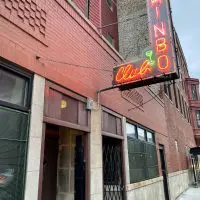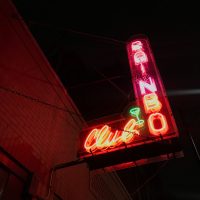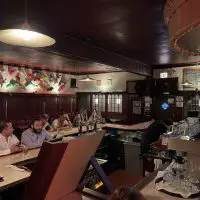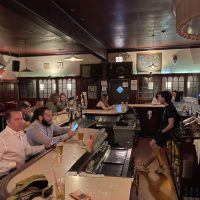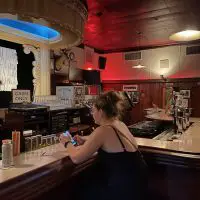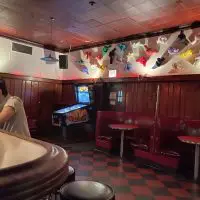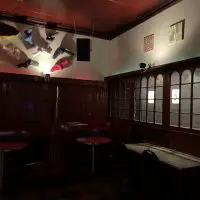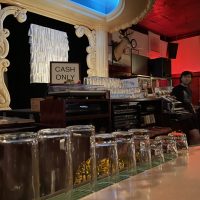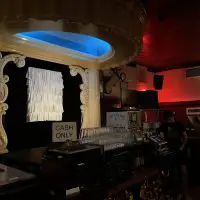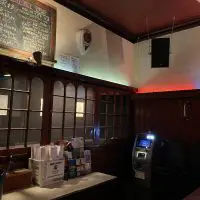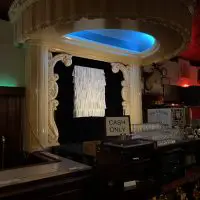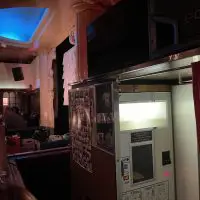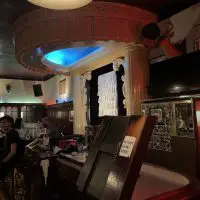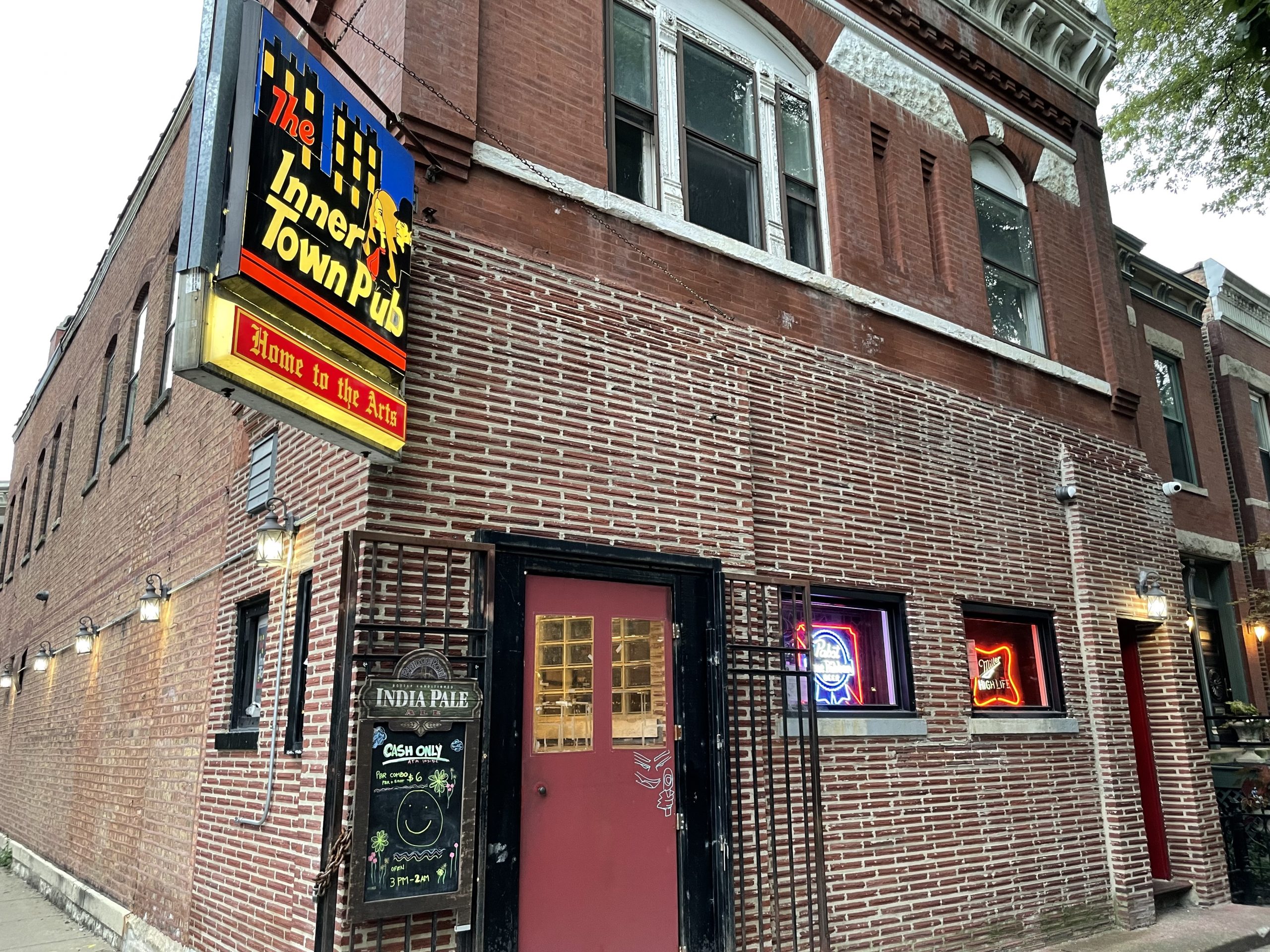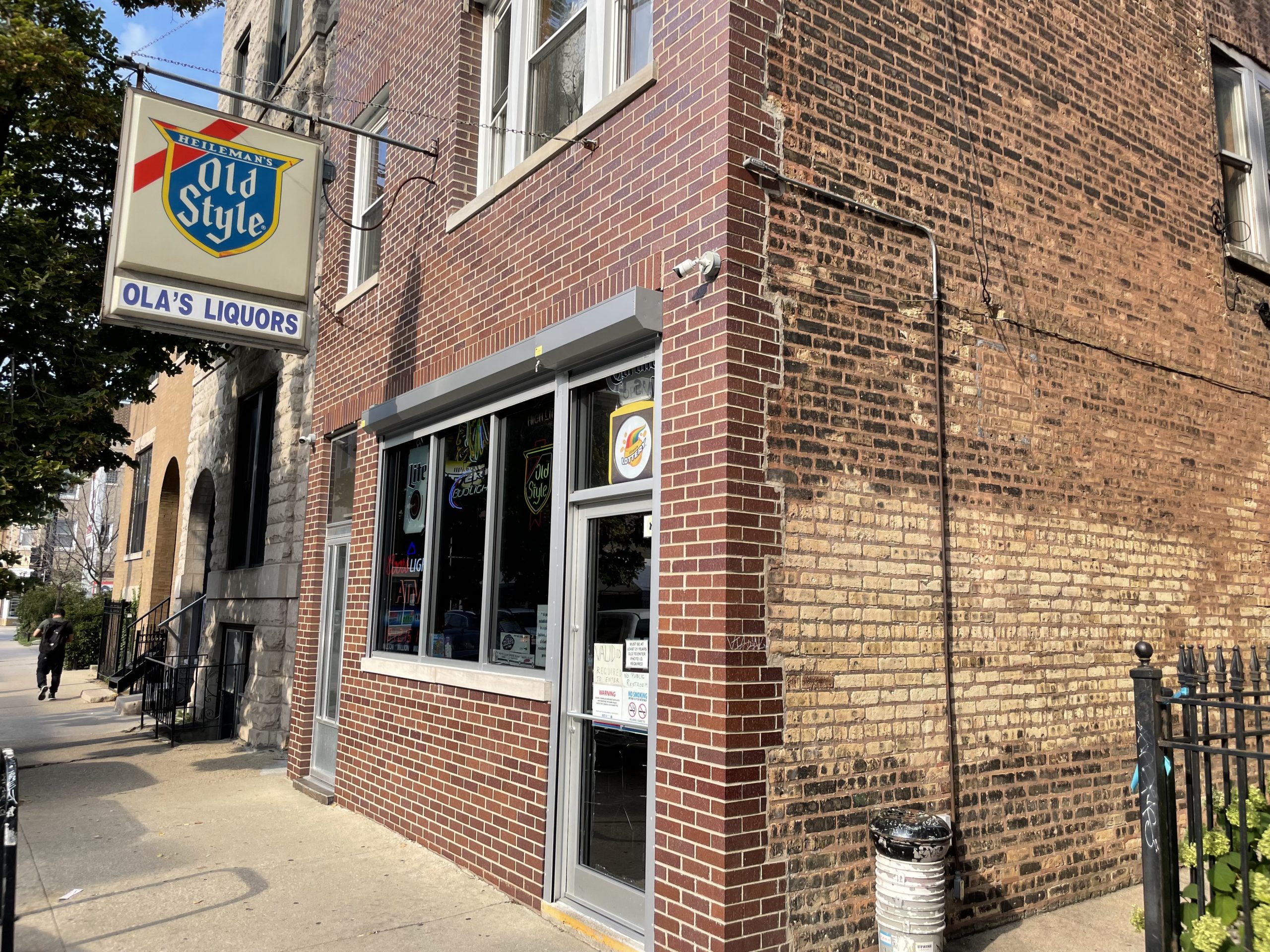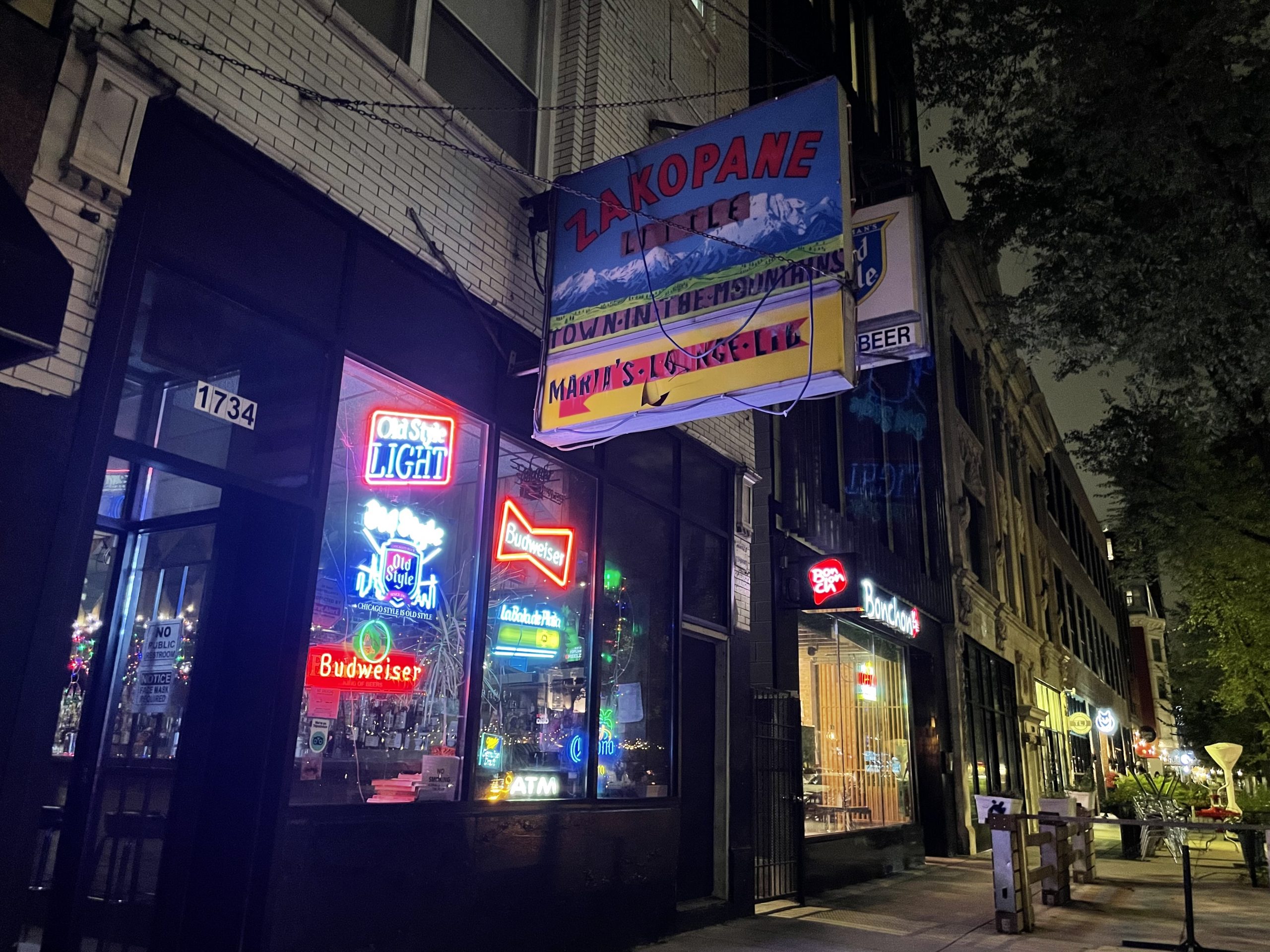Rainbo Club
Chicago, Illinois
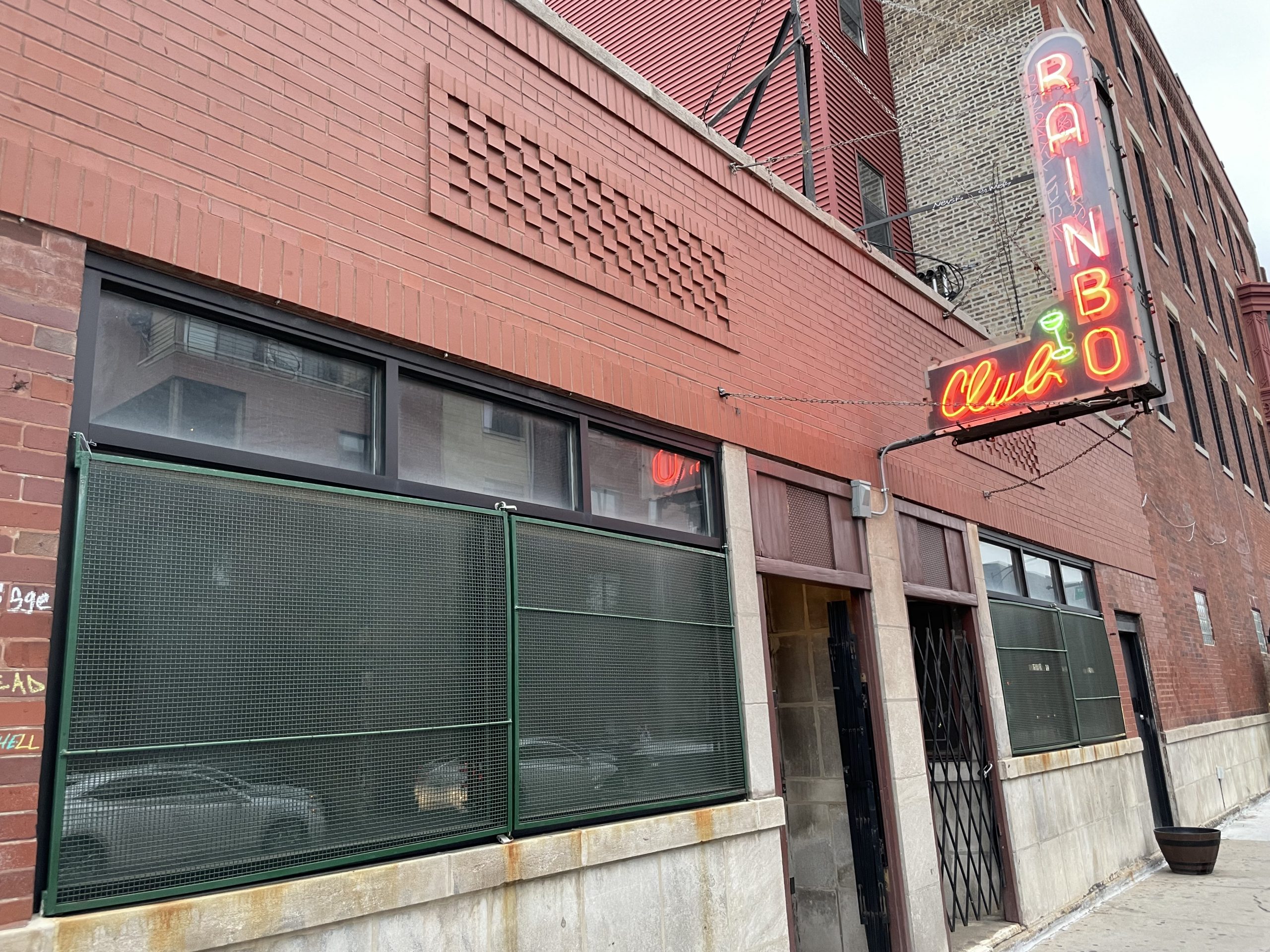
Field Rating
9
out of 10
Because nothing makes a night at the dive bar better than permanent photographic evidence.
The Basics
1150 N Damen AveChicago, IL 60622
Connect
In Short
Field Note
After the gentrification of a neighborhood, it is easy to look at the dive bar left behind as some kind of interesting counterpoint to the newfound polish nearby. Such is the case with Chicago’s Rainbo Club on the edge of the Wicker Park and Ukrainian Village neighborhoods, a spot that looks today like an alternative to high polish neighbors but predates even the hint of redevelopment, long a stalwart in a rough neighborhood. Thankfully, little has changed inside and out of Rainbo Club despite appearances transforming around it, the look the same as that oasis in a dangerous part of town only a few decades ago.
Conflicting reports exist on the precise year that the building that now houses Rainbo Club started operating as a bar, but all estimates peg the date on or around 1933, including rumors that the space operated as part drug store, part speakeasy during Prohibition. Rainbo Club’s signature element is the large stage that dominate the space, unsurprisingly a remnant of burlesque, jazz and stripper shows that took place over the next few decades of its life.
The sign in particular is a perfect dive bar piece, red neon lettering with the bar’s name broken up by a green martini glass.
What is today a nightlife destination in Chicago wasn’t always quite so desirable, the area falling into a down decade or few marked by crime and a rough reputation. After nearly 50 years of family ownership, the Podulka family ultimately sold the space to Dee Taira and partner Gavin Morrison in 1985, Taira later completing a purchase on the entire building as well. Life under the name Rainbo Club began at that point, the iconic sign and most of the features inside largely untouched since that time. The sign in particular is a perfect dive bar piece, red neon lettering with the bar’s name broken up by a green martini glass wedged in between.
The space can look intimidating even today despite the development of the area nearby, the windows covered by metal grates and the door recessed off the street in such a way that it’s hard to know if Rainbo Club is open or not. And that small does of intimidating only helped Rainbo Club in its early days, the Chicago dive bar’s reputation built on attracting crowds of musicians, artists and writers (the word ‘bohemian’ is thrown around quite a bit in Rainbo Club articles). Familiar clientele made for a tight knit community, one populated by a number of Chicago’s musical artists, including Liz Phair who once snapped an album cover photo in the bar’s black & white photobooth.
The footprint is simple, large, unused stage to the left and red, half-circle booths to the right. Most of the real estate inside is consumed by the bar itself, a twisting monstrosity of a counter that winds its way through the space and serves as a border to about half of the square footage of the bar’s single room. Behind the bar rests another of Rainbo Club’s signature elements, the vinyl record player that provides the soundtrack to the space, a manual contraption fed by bartenders tasked with cycling through and flipping over a host of mood-setting albums.
Drinking at the cash-only Rainbo Club counter feels a bit like waiting for a show that will never come because the stage is so omnipresent in any discussion of the space itself. Illuminated, regal, towering in its stature, shows are unfortunately not performed atop the stage but art installations occasionally rest on this dive bar pedestal. Rotating pieces can be found throughout Rainbo Club, the neighborhood different now but the attraction to artists the same.
A handful of dollars buys a set of old school photo strips as well as a chance to answer ‘yes’ when Chicago natives inevitably ask if you tried out the photo booth after hearing about your visit.
Not to be missed is the photo booth in the Rainbo Club back corner, its location tucked in behind the bar and under a bit of taxidermy, almost hiding it from view. A handful of dollars buys a set of old school photo strips as well as a chance to answer ‘yes’ when Chicago natives inevitably ask if you tried out the photo booth after hearing about your visit. The booth itself is quick and it is unwavering so a bit of a pro tip, get your pose ready before sliding the dollar bills into the machine.
Not much else touches the Rainbo Club walls other than bits of art here and there. The space includes no dedicated TVs or screens. Nowadays, a flat panel can be found perched behind the bar, but it is rarely turned on. Taxidermy aside, there are no real dive bar-like decorations to be found here, no beer signs, no additional neon, but rather white walls, some local art, enough lighting to see what you’re drinking and that’s about it.
The best thing a dive bar can be is untouched by time and Chicago’s Rainbo Club achieves that feat to great effect. It is easy to envision a burlesque show or a jazz band on or near the classic stage and the simplicity of the space lets its authenticity and history shine through. The clientele may include a few more hipsters and tourists these days, but Rainbo Club’s soul is defined by the community that has supported the dive bar for decades, crime or not, redevelopment or not, pandemic or not.
Related Reviews
Inner Town Pub
Perfect Ukrainian Village dive.
Ola's Liquors
Ukrainian Village Chicago hybrid.
Zakopane
Polish Chicago enclave.

